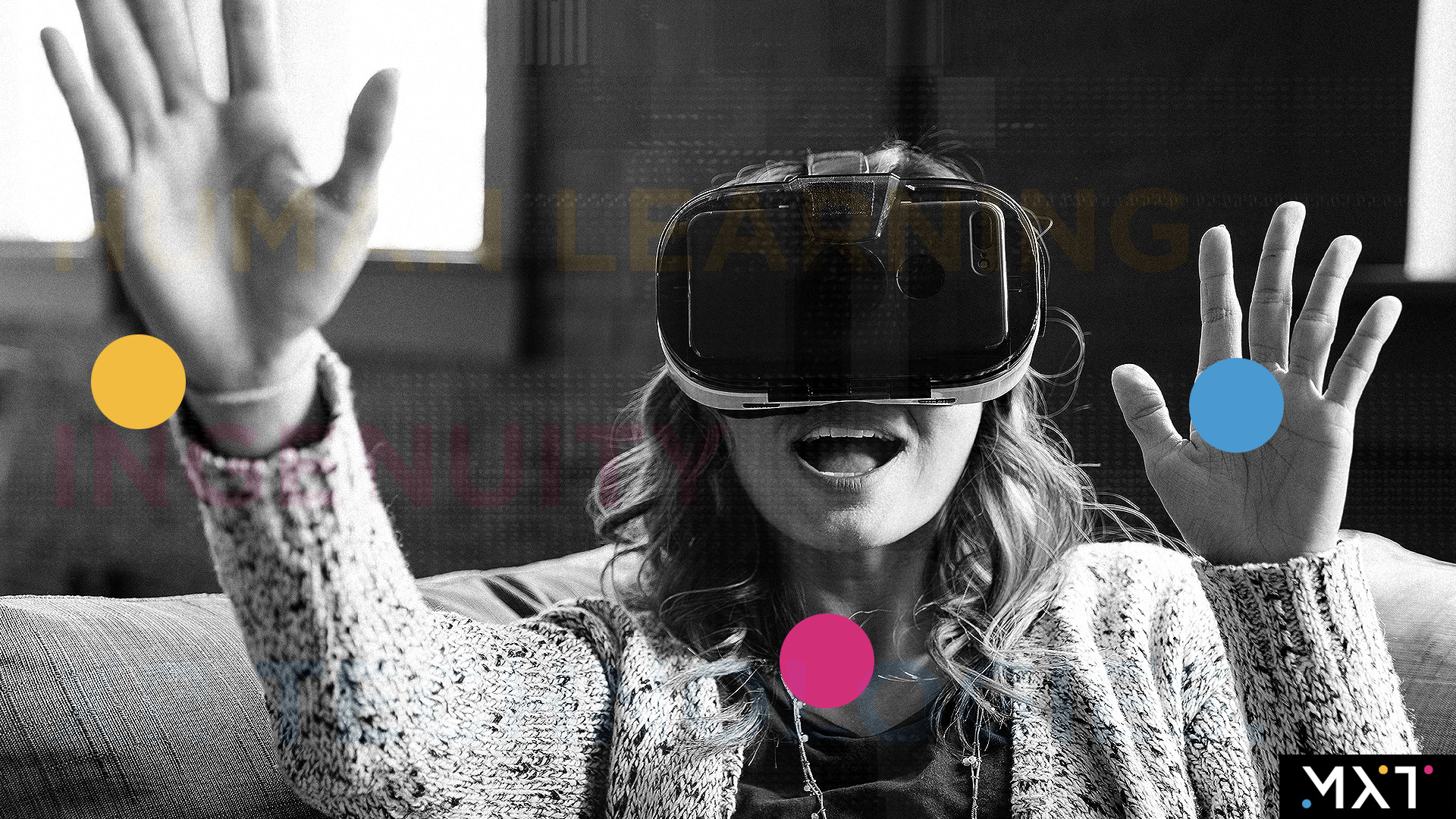Just over six months into 2022, it has all the hallmarks of turning into a rollercoaster year for Augmented Reality and the technology that drives it. But while Meta, Amazon, and Google are grabbing headlines with their various attempts to apply the technology at a grand scale, away from the hype, the last six months have seen AR making new strides in availability and utility.
However, before we go ahead and jump in, a quick refresher: by Augmented Reality, what do we mean? Simply put, AR is a technology that allows us to expand physical space. Combining the virtual and real worlds through accurate 3D registration and the rapid recognition and categorisation of objects gives people a new way to interact and explore their environment and enables deeper, more enriching interactions.
AR has been around for a while, but recent technological advances are opening a new chapter in the field. Until a few years ago, the major handbrakes to widespread adoption were hardware and infrastructure-related. Going back ten years, most hardware, especially wearables, was expensive, unwieldy, and hard to find. Additionally, mobile data speed is limited where most people could access AR, leaving most Augmented Reality experiences in classrooms, museums, and anywhere else with a good, stable wi-fi connection. However, in the last couple of years, there have been massive advances in both of these areas, with new smartphone technology decreasing the barriers between AR and real-life and fast, high-speed mobile data networks resulting in augmented reality becoming a truly mobile experience. It seems that the age of the ‘phys-igital’ might finally be here.
The potential of Augmented Reality isn’t all flashy presentations and mind-bending immersive experiences, though. Now that the concept is proven and most of the kinks worked out, the applications for AR are becoming ever more seamless, subtle and fundamentally useful.
A good example can be found in Augmented Reality retail experiences. Fast becoming a way for high-profile consumer brands such as IKEA and L’Oreal to be even more valuable and relevant to their customers, these applications show AR’s ability to solve problems and enrich lives.
Nike Fit is the kind of no-nonsense, low-key application I’m talking about. This relatively simple experience that can run on most, if not all, smartphones allows users to view their feet and work out their true shoe size. This product synthesises complex A.I. to recognise, measure, and categorise objects. It also utilises peerless UX design and excellent ergonomic planning to create a user experience that enhances people’s interaction with the product and leads them to a personalised experience. All the things good AR should do!
It’s an approach that solves problems through creative innovation, and in 2022 we see it applied more widely than ever before. Perhaps no more so than in the automotive sector, where the availability of new tech and faster data leads to a real step-change in the industry.
AR-powered safety features are already significantly improving driving experiences at the most basic level. BMW and Audi have already integrated augmented reality features that can help motorists with navigation, situational awareness and detect possible threats and hazards.
However, this is just the beginning, and as in-car technology improves, we’ll soon see these experiences as stepping stones for more immersive and useful applications. The emerging field of in-car heads-up displays (HUD). Once the preserve of the aviation industry, this tech relays information directly onto the windscreen, giving drivers critical data without the need to glance down or take their eyes off the road. Best in class might be Apsotera’s HUD for the new Audi Q4, which not only displays speed, traffic signs and navigation icons but also alerts users to lane changes and even the car’s speed in front. Following closely behind, other manufacturers are poised to release even more advanced systems. Basemark recently showed off an AR-powered navigation aid that can detect objects and fuse radar and camera data to assist drivers in low-light and low-visibility conditions.
These applications are just the tip of the iceberg, and we’re just glimpsing the possibilities that Augmented Reality brings to the table. However, if the last six months have shown us anything, I believe AR’s rise will probably be much more subtle than big tech and many commentators are currently making out. It shouldn’t be forgotten that AR tech’s purpose is to serve people, meaning it works best when it isn’t in your face or making a big deal about itself. A good Augmented Reality experience should always enhance and augment the real world rather than try to usurp or distract from it. Despite Meta’s best efforts, perhaps Augmented Reality’s growth in usage and implementation will be subtle at best.
To put it another way, as of June 2022, the jury is still out on if the AR revolution will end up being televised or not. However, its power to change the world should never be in doubt.

